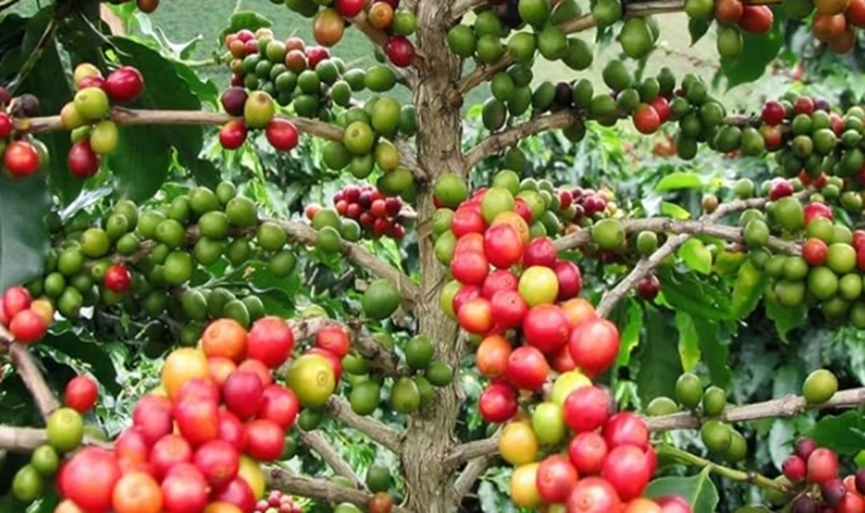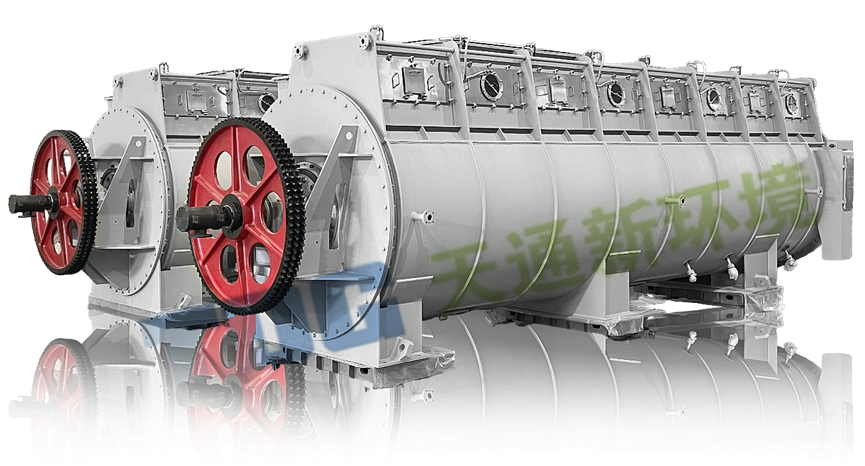

BLOG
How Coffee Residue Drying Process Works?
How Coffee Residue Drying Process Works?
19 February 2024
Since the mid-nineteenth century, coffee has entered Vietnam and has since become a major economic crop in the country. Coffee beans bring high economic value and are one of Vietnam's dominant export commodities. Notably, Vietnam is the world's largest producer of Robusta coffee and the second-largest exporter of coffee. In 2022, Vietnam's coffee export reached a historic high, estimated at $4 billion, representing a 32% year-on-year growth.
By 1986, Vietnam began its reform and open-door policy, engaging in the global integration process to promote national economic and social development. To guide the coffee development in provinces such as the Central Highlands, central coastal provinces, and eastern provinces of the south, the Vietnamese government concentrated investment resources in the coffee sector, aiming to transform coffee into a significant industry. This new policy, introduced against the backdrop of a global rise in coffee prices, helped propel the robust development of Vietnam's coffee industry in terms of area, production, and export volume. In Dak Lak Province, coffee has been considered a primary economic crop for decades, playing a crucial role in the province's economic and social development. Buon Ma Thuot City in Dak Lak Province is regarded as the "Coffee Capital of Vietnam," with a coffee planting area of approximately 210,000 hectares and an annual output of over 520,000 tons, accounting for over 30% of the national production.

Coffee is also a major agricultural crop in Lam Dong Province, representing a significant proportion of the province's total agricultural output and export value. Currently, the coffee planting area in the province exceeds 175,000 hectares, with an average yield of 3.3 tons per hectare. The coffee planting area accounts for 23% of the agricultural land area in the province and over 18% nationally (ranking third in the country and the Central Highlands region, after Dak Lak and Gia Lai provinces). According to preliminary statistics, by the end of 2022, the total area is expected to reach 140,000 hectares, with an average yield of 2.8 tons per hectare, and an annual total production is estimated to exceed 356,000 tons.
During the operation of coffee beverage factories, a large amount of coffee residue is generated. These residues contain approximately 2% nitrogen and can transform organic matter into fertilizer, making them a safe and environmentally friendly fertilizer. However, fresh coffee residues contain a certain amount of moisture, especially in the hot summer, making them prone to spoilage. Various methods can be employed for processing and recycling to reduce waste and environmental impact. Here are some methods for treating coffee residues:
1. Fertilizer Production: Coffee residues, rich in nitrogen, potassium, phosphorus, and other nutrients, are suitable for use as fertilizer. After drying the coffee residues, they can be directly sprinkled around crops or mixed into the soil for fertilization.
2. Cleaning Agent: Coffee residues, with adsorption and cleaning properties, can be used as a cleaning agent for household kitchens, bathrooms, toilets, etc. By thoroughly mixing coffee residues with water, they can be used to wipe items that need cleaning.
3. Cosmetic Products: Coffee residues can be used to make facial masks, exfoliants, and other beauty products. By mixing a small amount of coffee residues with ingredients like honey and yogurt, a mixture applied to the face and gently massaged before rinsing can effectively remove skin keratin and improve skin quality.
4. Artwork: Turning dried coffee residues into artwork is also a creative way to handle them. After drying the coffee residues, they can be colored and painted using wax powder, pigments, etc., creating unique and artistic pieces.

TIC Technology Co., Ltd.'s disc dryer can be used for the drying of coffee residues, reducing their moisture content significantly for long-term storage, effectively addressing the challenge of coffee residue resource management.

As a professional disc dryer manufacturer and drying solutions provider, we would be pleased to advise you individually, and you are also welcome to send your inquiry to tic@tdgtic.com.



